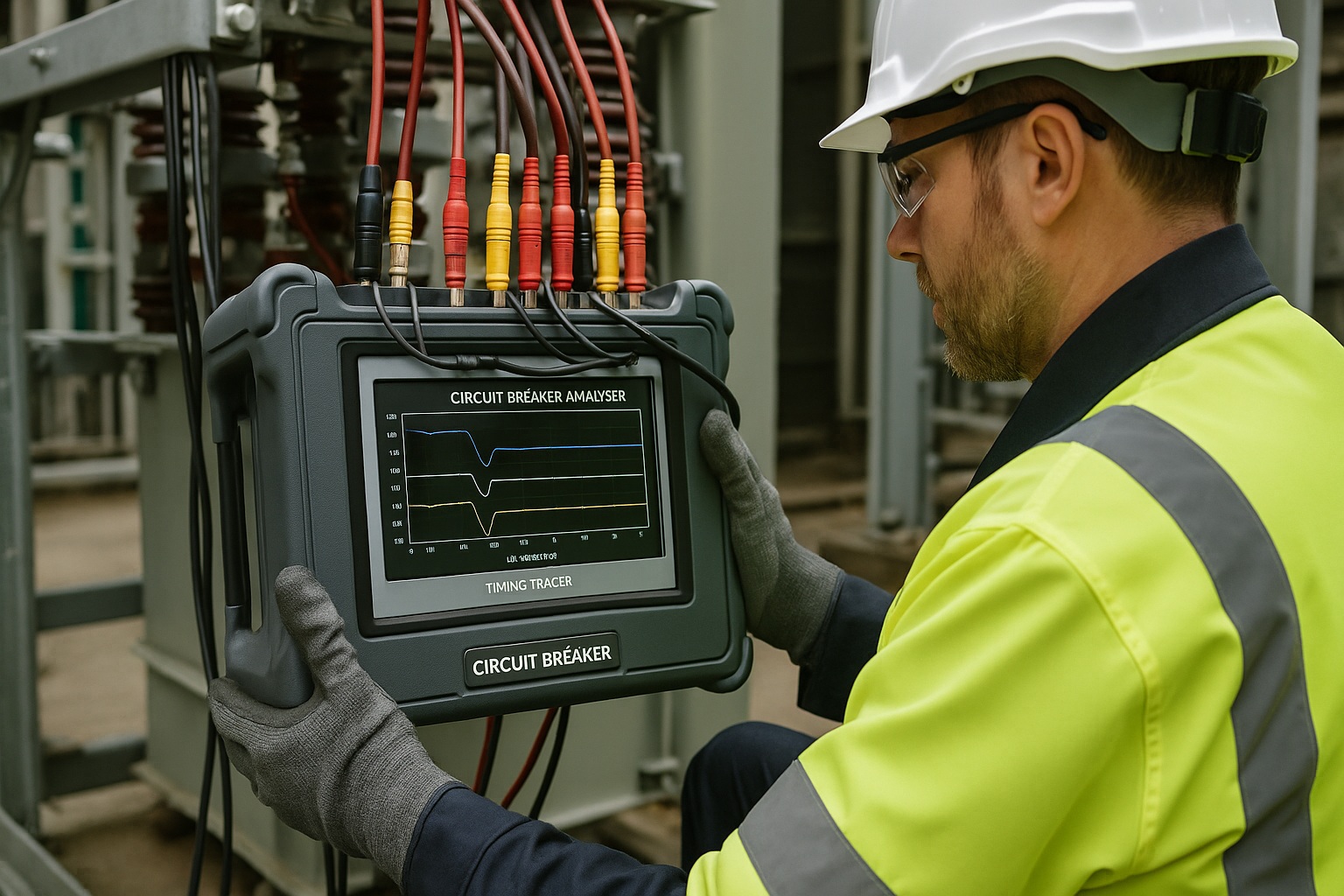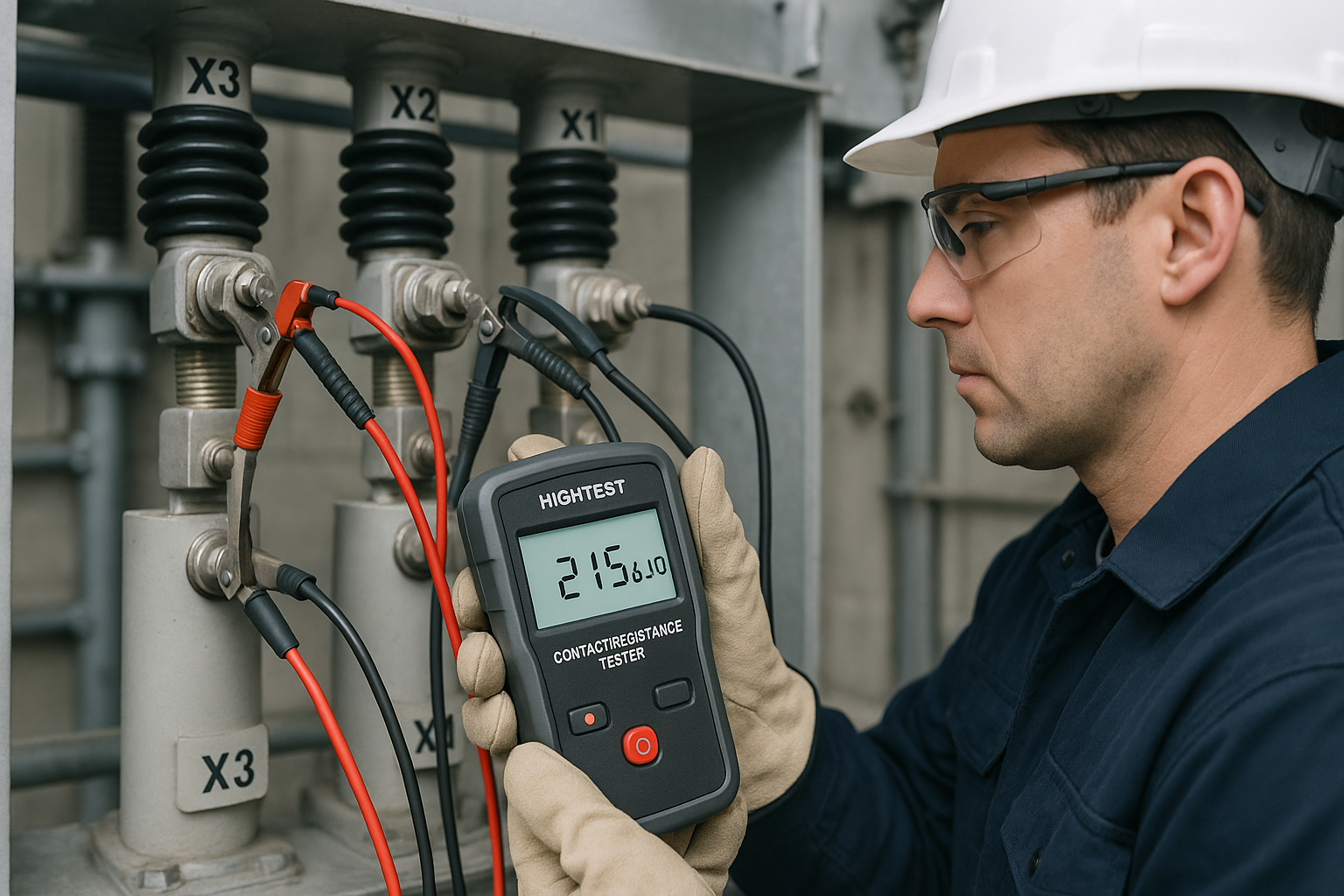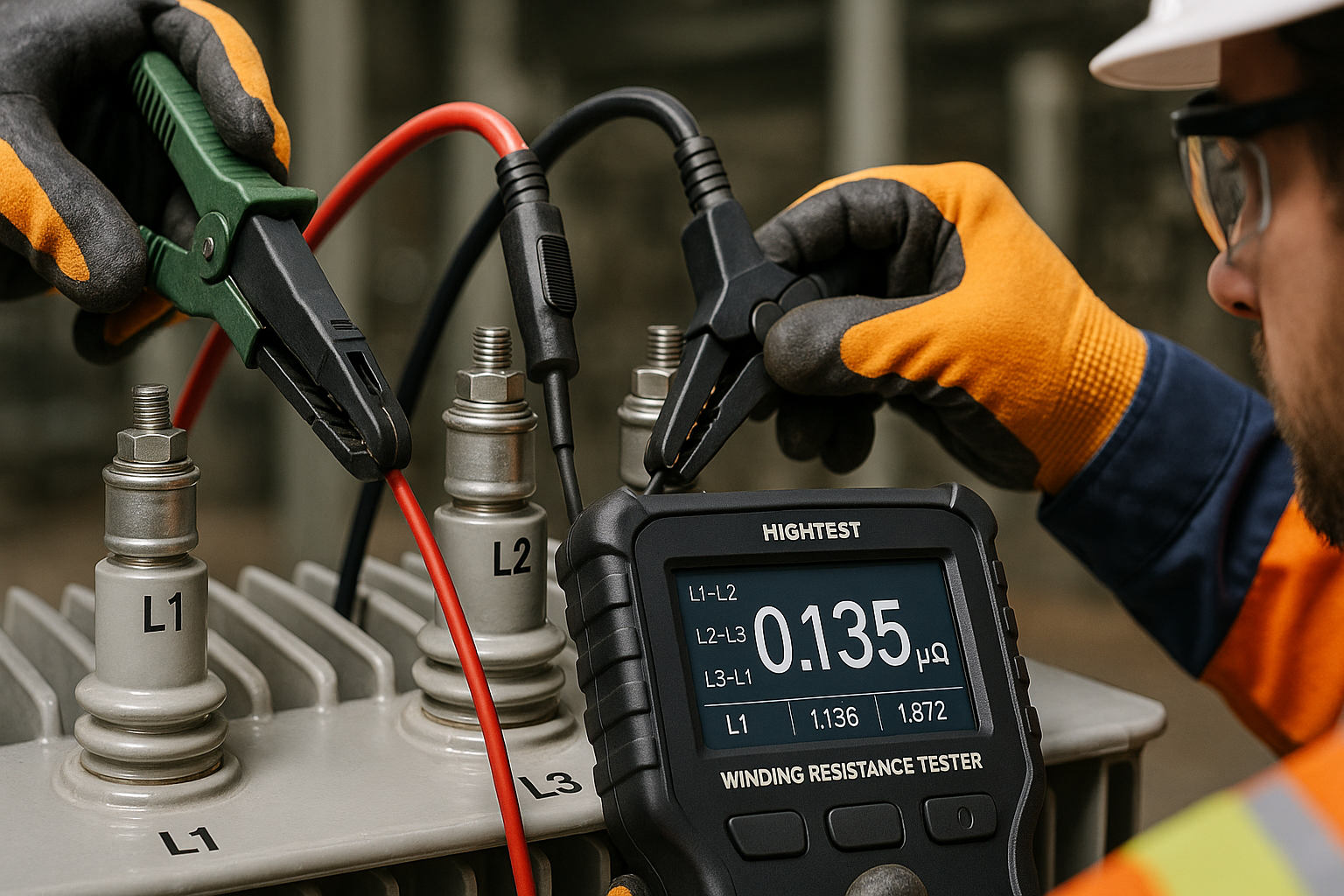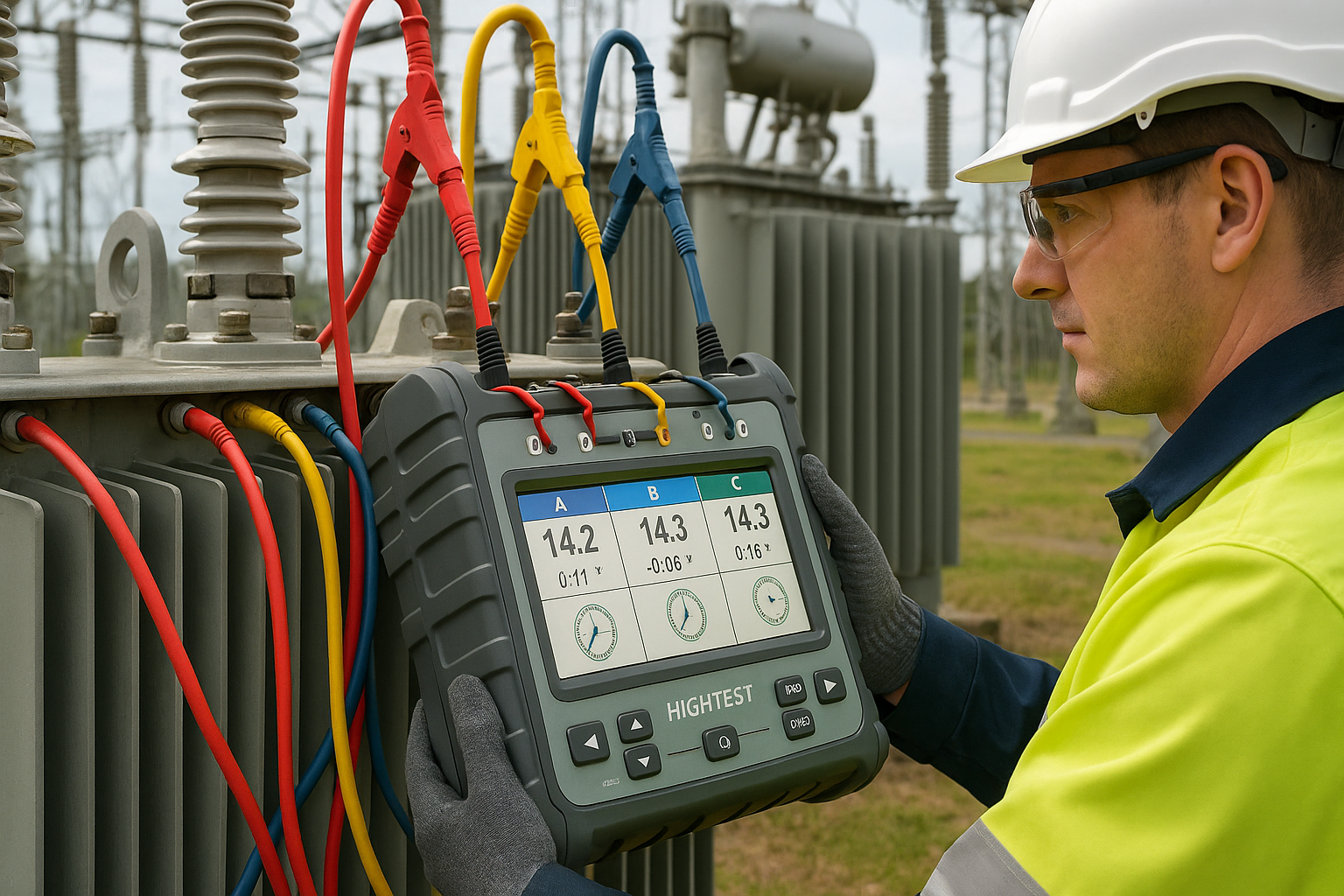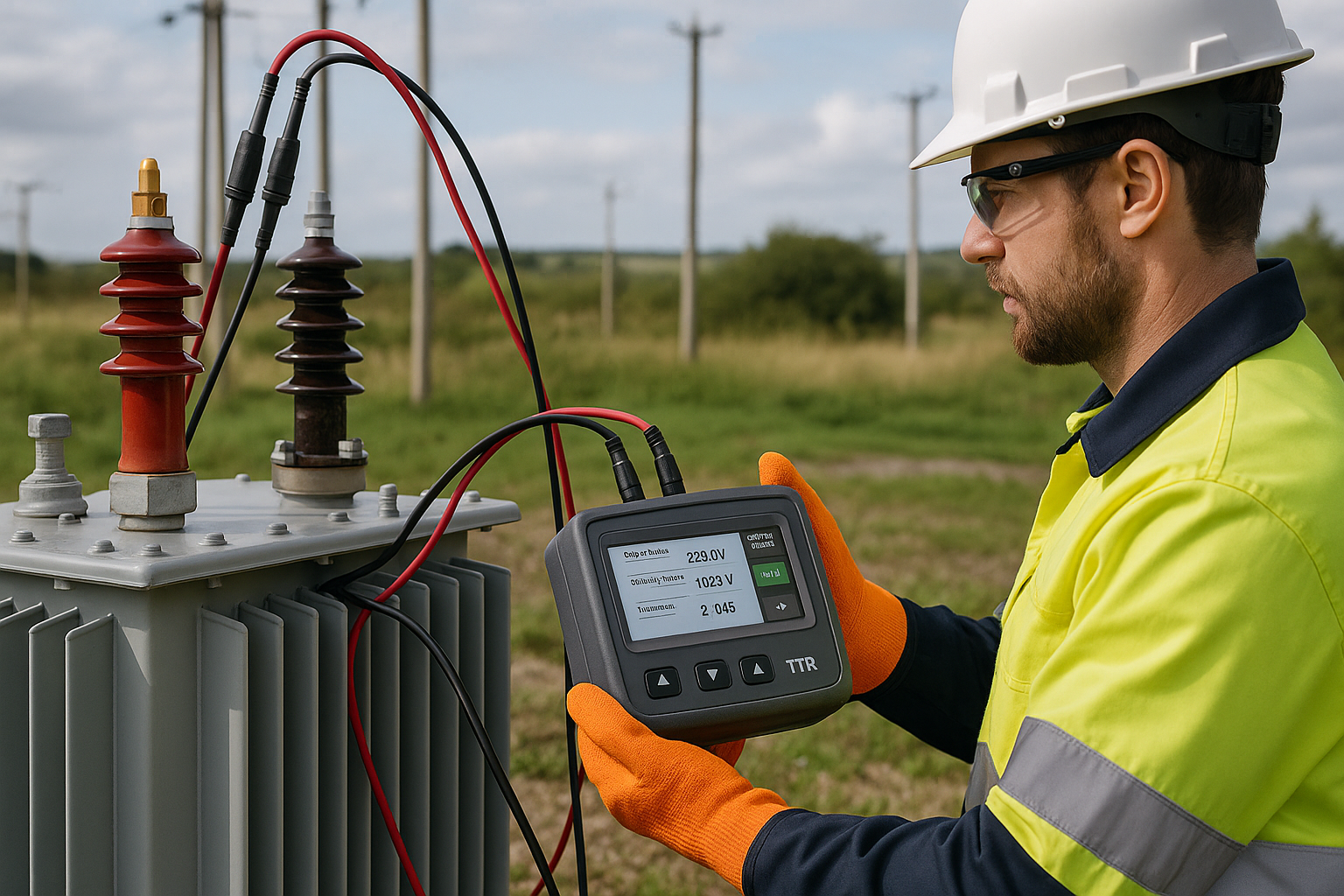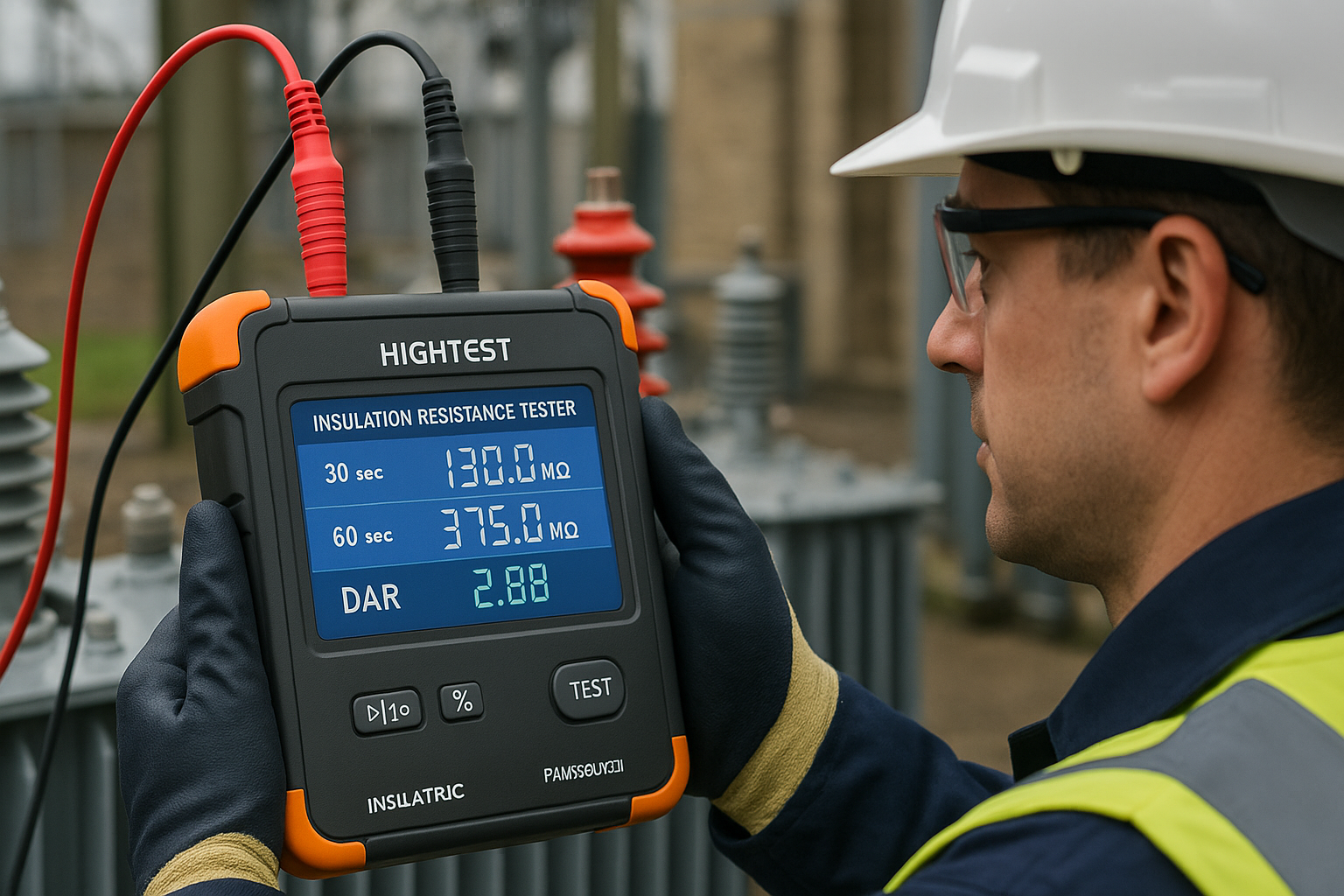In high-voltage substations, circuit breakers are the frontline defenders against faults and overloads. Ensuring they operate on time—and within spec—is critical for both asset protection and network reliability. That’s where a circuit breaker analyser becomes indispensable.
A circuit breaker analyser is designed to evaluate the dynamic performance of switchgear by measuring parameters such as open/close timing, contact bounce, motion profile, and coil currents. These insights reveal both electrical and mechanical health, making the analyser a powerful tool in condition-based maintenance programs.
Timing tests are the core of any circuit breaker diagnostic. By precisely measuring the milliseconds between control signal and actual contact movement, engineers can determine if the breaker is operating too slowly—often a sign of lubrication failure, corrosion, or spring fatigue. A delay of even 10 milliseconds can compromise fault clearance and cause cascading failures.
Modern analysers go beyond timing. They measure travel and velocity using motion sensors, enabling detailed visualization of mechanical movement. Combined with contact resistance testing, these metrics allow detection of wear, misalignment, or partially welded contacts—problems that often remain invisible during visual inspection.
Portable circuit breaker analysers today offer multi-channel recording, wireless data sync, and automated test sequences, making field testing safer, faster, and more repeatable. Whether in gas-insulated, vacuum, or air-blast breakers, these devices help ensure your breakers trip when they must—and stay closed when they should.
In the end, a circuit breaker is only as reliable as its last operation. And without regular analysis, you’re relying on hope. With a circuit breaker analyser, you’re relying on data—and that’s a far better strategy.


